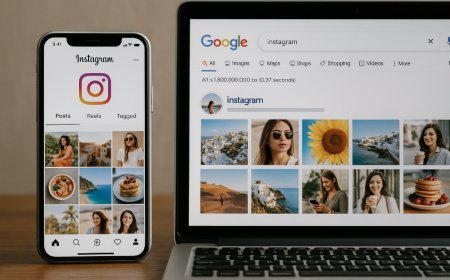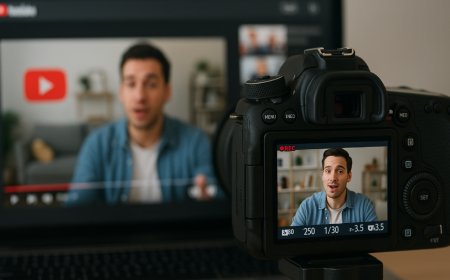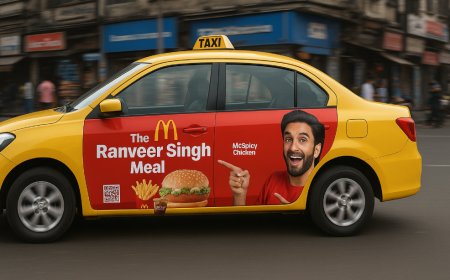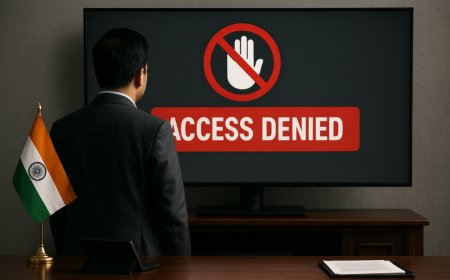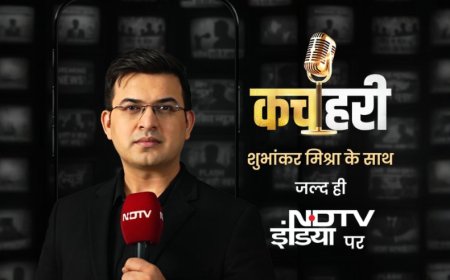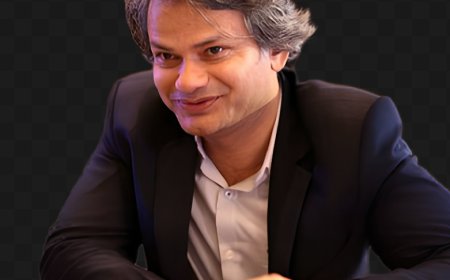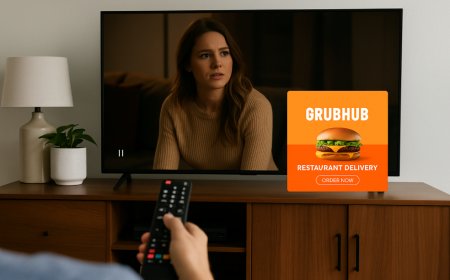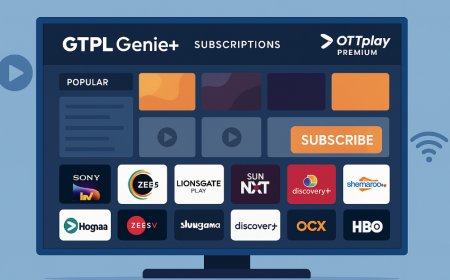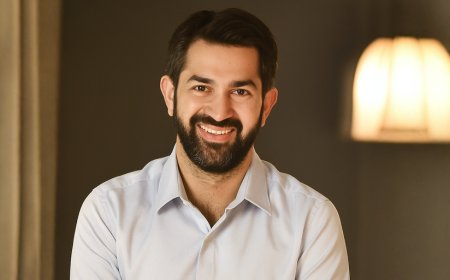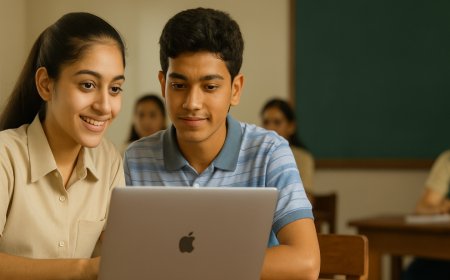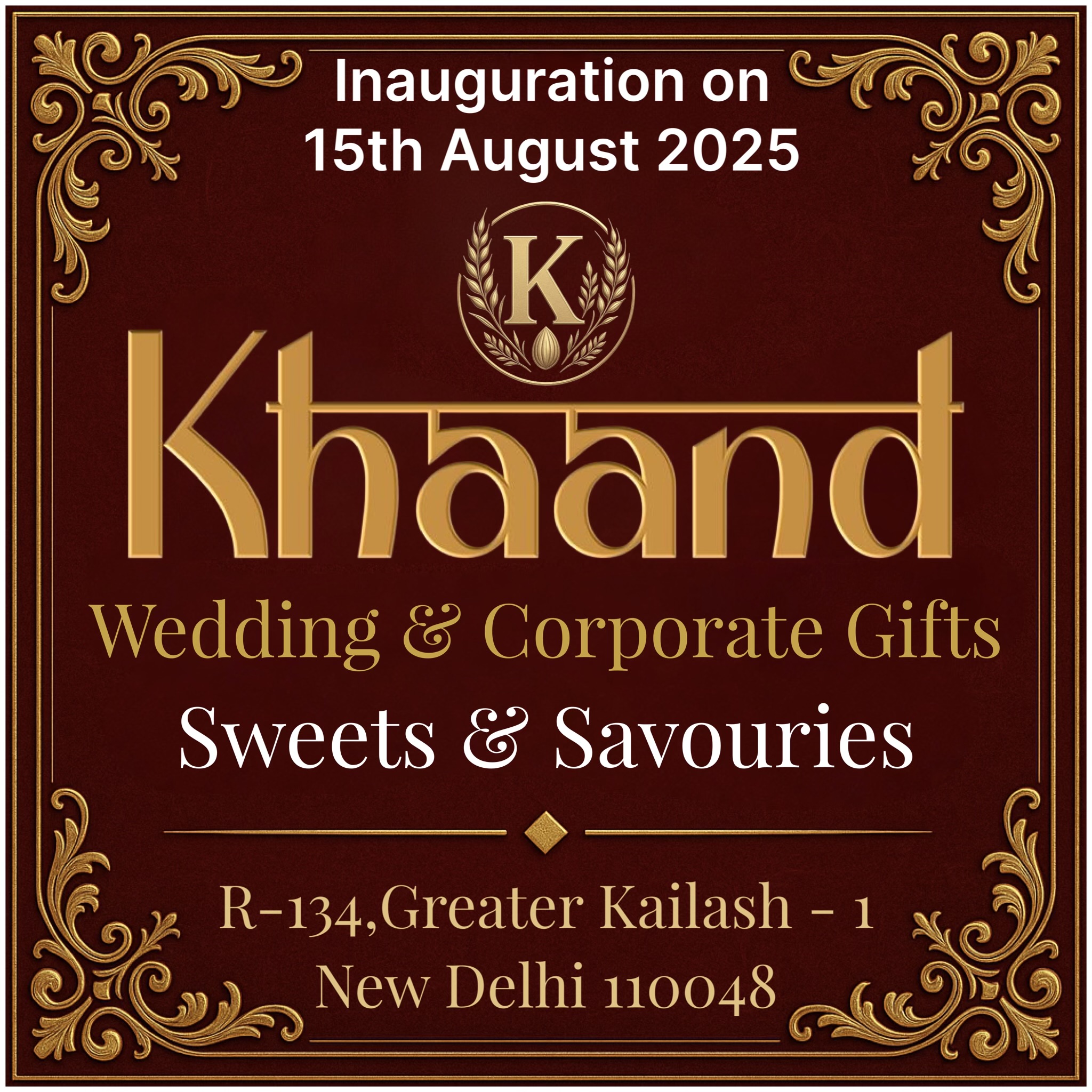YouTube’s New Crackdown: No Ad Revenue for Low-Quality AI Videos from July 15
Learn how YouTube’s latest policy change will stop ad revenue for low-quality, AI-generated videos starting July 15. Discover what it means for creators.

YouTube Draws the Line: A Major Change for AI Video Creators
In a bold move to protect its community and advertisers, YouTube has announced a significant policy update: starting July 15, the platform will stop paying ad revenue to channels publishing low-quality, AI-generated videos. This change is aimed at tackling the rising flood of spammy or mass-produced AI content that has increasingly frustrated viewers and threatened the credibility of the platform.
This new rule signals a defining moment for YouTube’s 2024 strategy — one that will likely impact millions of content creators worldwide. If you’re a YouTuber, aspiring creator, or someone experimenting with AI tools for quick video production, here’s what you need to know.
Why Is YouTube Doing This Now?
The explosion of generative AI tools has changed the way videos are made. It’s never been easier to churn out hundreds of clips using AI text-to-video generators, voiceovers, and automated editing software. While some creators use these tools to improve production or experiment with storytelling, many bad actors have misused AI to flood YouTube with low-effort, low-value content.
This surge of repetitive, unoriginal AI videos clutters feeds, confuses the recommendation system, and frustrates genuine viewers looking for trustworthy, well-made videos. It also poses a risk for advertisers who don’t want their ads running alongside misleading or spammy AI spam.
In short, YouTube’s crackdown is about protecting the platform’s quality, safeguarding the viewer experience, and ensuring advertisers’ money is spent wisely.
What Counts as “Low-Quality” AI Video Content?
YouTube’s announcement highlights that the policy won’t punish all AI-assisted videos — only those that clearly lack originality, effort, or value for viewers. So what falls into the risky zone?
According to YouTube’s new guidelines, examples of low-quality AI-led content include:
-
Mass-produced slideshows or compilations with repetitive images and little to no commentary or insight.
-
Automated voiceovers reading out AI-generated articles with no editing, context, or human storytelling.
-
Cloned celebrity voices or deepfakes that mimic real people without permission.
-
Spammy re-uploads of AI-generated content across multiple channels to game the algorithm.
-
Content farms that churn out dozens of similar AI clips with minimal human oversight.
In contrast, AI tools that genuinely support creativity, like AI-assisted subtitles, smart editing tools, or enhancements to original footage, will still be allowed — and monetized.
How Will YouTube Detect These Videos?
YouTube is rolling out updated detection systems that combine AI and human moderation to catch low-quality AI spam. This includes:
-
Improved algorithms to flag duplicate or near-duplicate uploads.
-
New requirements for creators to disclose AI-generated content, especially if it involves realistic simulations or deepfakes.
-
Stricter checks during monetization reviews for new channels.
-
Random audits of channels with high volumes of automated videos.
Creators who fail to comply could not only lose ad revenue but risk channel strikes, demonetization, or account termination.
What Happens to Existing Videos?
Starting July 15, channels that already have large libraries of low-quality, AI-driven content may see their monetization status revoked for specific videos — or for the entire channel if spam is found to be widespread.
However, YouTube says it will notify creators ahead of time so they can edit, remove, or update flagged videos. The goal isn’t to ban AI altogether but to ensure it’s used responsibly.
How Does This Impact Small and Big Creators?
For smaller creators who rely on AI to speed up production, this update is a wake-up call: shortcuts can backfire if they sacrifice originality and genuine value. Low-effort channels will likely see immediate drops in ad income.
Larger channels, on the other hand, usually combine AI with human creativity — think scripted voiceovers, thoughtful editing, and storytelling. These videos should remain unaffected, as long as they meet YouTube’s quality guidelines.
Reactions From the Creator Community
As expected, the new policy has sparked mixed reactions. Many professional YouTubers welcome the move, arguing it will curb the flood of “lazy spam” that clogs recommendations and pushes down authentic videos.
Creators who produce educational content, commentary, or entertainment with AI-assisted tools say they’re ready to adapt — as they believe quality and originality will always stand out.
However, some channel owners who built passive income streams from AI mass production are crying foul. For them, the new rule means rethinking entire strategies overnight.
What About Advertisers?
Brands are cheering the move. Over the past year, several advertisers raised concerns about their ads appearing next to misleading, sensational, or spammy AI videos. Such placements damage trust and reduce the effectiveness of ad spend.
By tightening its monetization standards, YouTube hopes to keep big brands happy and confident that their ads will run alongside legitimate, high-quality content.
What This Means for AI in Creative Workflows
YouTube’s crackdown doesn’t mean AI is bad for content creation. On the contrary — when used responsibly, AI can be a powerful tool for video creators:
Automating repetitive tasks like captions, translations, or rough edits.
Enhancing production quality with noise reduction, color correction, and visual effects.
Offering creative inspiration for scripts, ideas, or outlines — but always with human curation.
The clear message is: AI should support creativity, not replace it entirely.
Key Takeaways for Creators
If you’re a YouTuber, here’s how to stay safe under the new policy:
Prioritize originality: Make sure your videos offer real value — insight, entertainment, education, or commentary.
Disclose AI use: Be transparent about any AI-generated elements, especially if they involve people’s likeness or voice.
Review your library: Audit old videos to ensure they meet current quality guidelines.
Stay updated: Keep an eye on official YouTube updates and creator help pages.
Invest in your voice: Even if you use AI tools, add your unique perspective, personality, or story. That’s what builds audience trust.
The Bigger Picture: Platforms Taking Back Control
YouTube isn’t the only platform facing an AI flood. TikTok, Facebook, Instagram, and even news sites are struggling to balance AI-powered convenience with content authenticity.
The reality is clear: AI is here to stay, but platforms need guardrails to stop bad actors from gaming the system. By tackling spammy automation now, YouTube hopes to protect its reputation, keep viewers happy, and maintain a healthy ad ecosystem.
Is This the End for AI-Driven Content?
Not at all. But it is the end of easy, unearned ad dollars for creators who rely solely on auto-generated clips. Audiences are smart — they can spot low-quality content instantly. And brands are more cautious than ever about where their ads appear.
For creators who truly blend AI with originality, this could be a blessing. It’s a chance to stand out in a sea of repetitive videos and build loyal audiences who crave real, human-led storytelling.
Looking Ahead: What’s Next?
As July 15 approaches, expect to see more updates, clarifications, and likely more pushback from some corners of the creator community.
But in the long run, YouTube’s message is simple: quality beats quantity. Human creativity — with the smart use of AI — will always win over spam. And that’s good news for anyone who loves to watch, share, and create videos worth clicking on.
Final Thoughts
YouTube’s new policy marks a big shift, but it shouldn’t scare creators who are serious about building meaningful channels. If anything, it raises the bar for what audiences deserve: authentic, well-made videos that teach, entertain, and inspire.
What's Your Reaction?
 Like
0
Like
0
 Dislike
0
Dislike
0
 Love
0
Love
0
 Funny
0
Funny
0
 Angry
0
Angry
0
 Sad
0
Sad
0
 Wow
0
Wow
0
